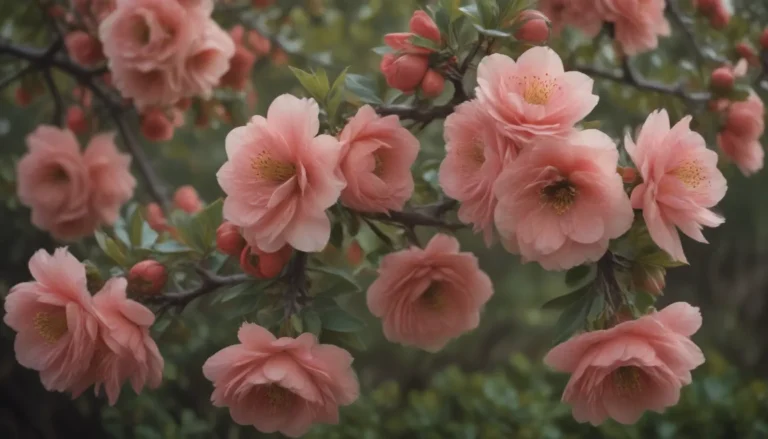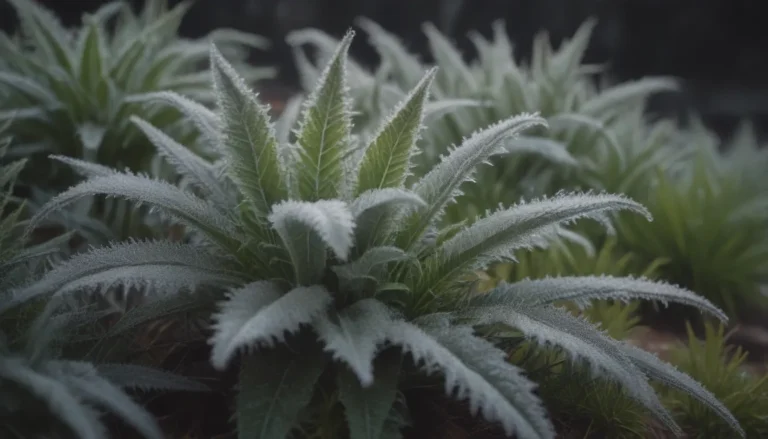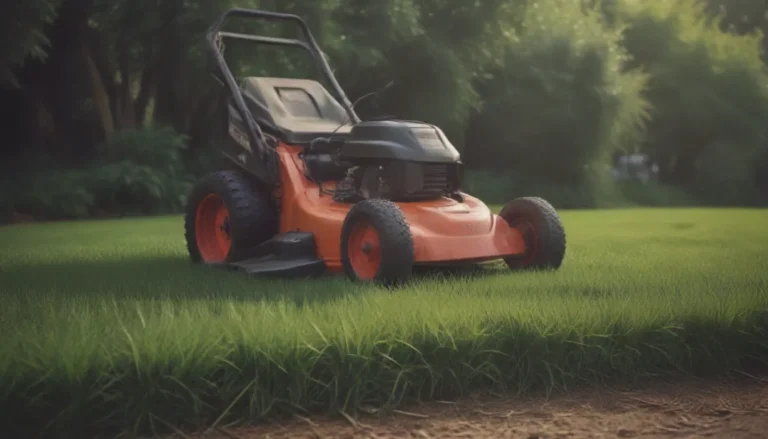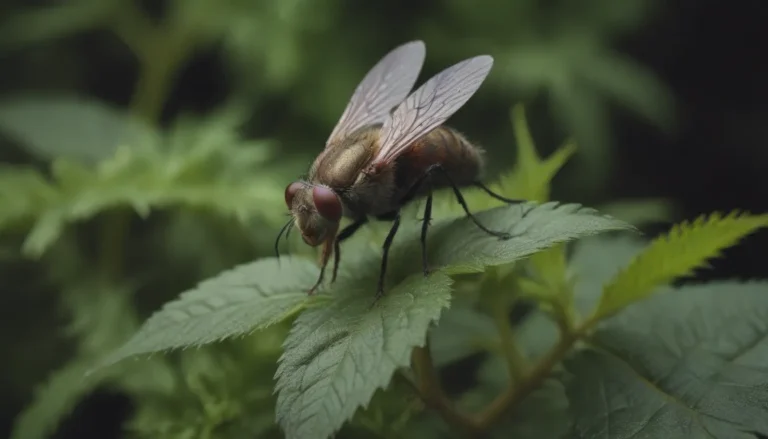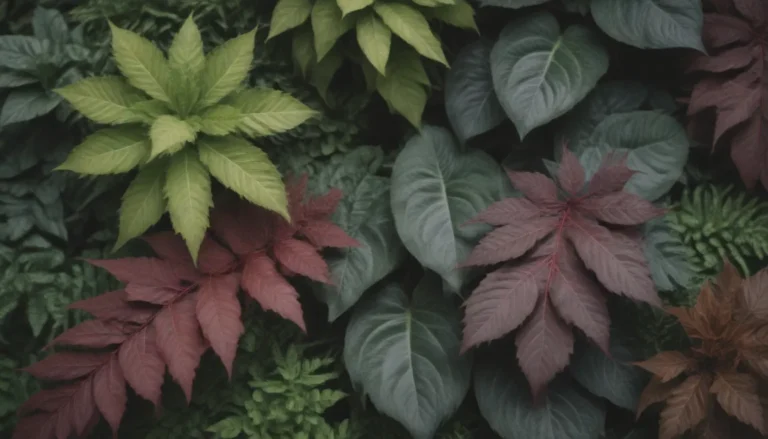Ultimate Guide to Growing and Caring for Jane Magnolia
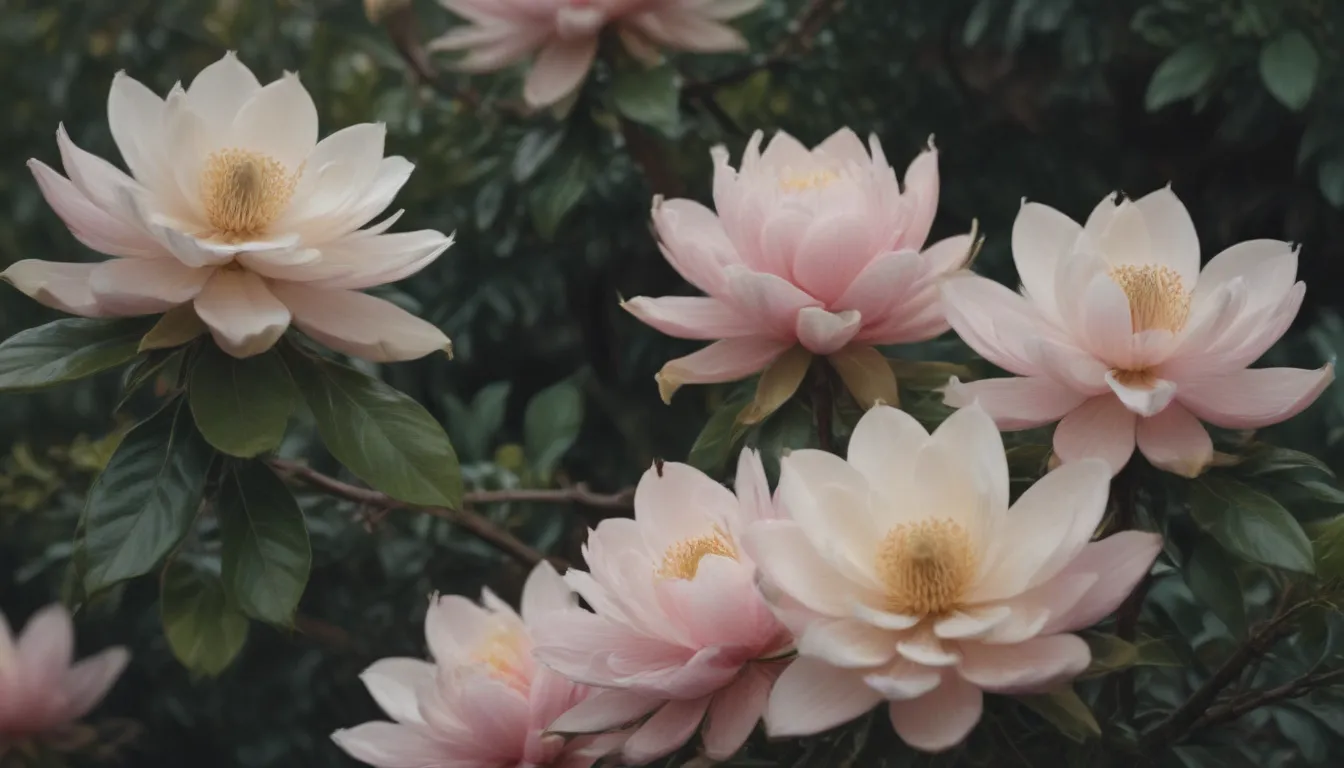
If you’re looking to add a touch of elegance to your garden, Jane magnolia might just be the perfect choice for you. This smaller hybrid of larger southern magnolias is a hardier option for cooler temperatures while still providing those signature blooms that magnolias are known for. In this comprehensive guide, we’ll explore everything you need to know about growing and caring for Jane magnolia to help you cultivate a thriving and beautiful garden.
Introduction to Jane Magnolia
Jane magnolia is a member of the Little Girl Series of hybrid magnolias, developed in the 1950s by botanists Francis DeVos and William Kosar at the National Arboretum in Washington, D.C. This particular variety, Jane magnolia, is a cross between M. liliiflora ‘Reflorescens’ and M. stellata ‘Waterlily’. It’s known for its stunning pink-purple flowers and compact size, making it a popular choice for gardeners looking for a smaller magnolia tree.
Types of Magnolia
In addition to Jane magnolia, there are other hybrids in the Little Girl Series that you might consider for your garden. These include:
- Magnolia ‘Pinkie’: A cross between ‘Reflorescens’ and ‘Rosea’, featuring larger flowers and a shorter stature.
- Other Hybrids: Varieties like ‘Ann’, ‘Betty’, ‘Judy’, ‘Susan’, ‘Randy’, and ‘Ricki’, which offer a range of colors, sizes, and bloom times.
Jane Magnolia Care
When it comes to caring for your Jane magnolia, there are a few key considerations to keep in mind. Let’s delve into the main care requirements to help your magnolia thrive in your garden.
Light
Plant your Jane magnolia in a location that receives full sun or partial shade. In cooler regions, opt for a full-sun site, while in warmer areas, provide some afternoon shade to prevent sunscald on the blooms. Avoid warm southern exposures that could cause buds to open too early in spring.
Soil
Jane magnolia thrives in organically rich, medium-moisture, neutral to slightly acidic soil. While it can adapt to various soil types, ensure that the soil is well-draining to prevent waterlogging. Consider adding root-zone mulch to help retain moisture, keeping it away from the plant’s trunk.
Water
Water is essential for Jane magnolia, especially during the first growing season. Weekly watering, around two to three times per week, is crucial to establish the plant. Check the soil moisture regularly, particularly during hot weather, ensuring that the ground is adequately soaked. Once established, Jane magnolia is moderately drought-tolerant.
Temperature and Humidity
Jane magnolia can withstand colder temperatures down to -20 or -30 degrees Fahrenheit. Proper air circulation is essential to prevent powdery mildew, one of its main threats.
Fertilizer
After Jane magnolia is established, fertilize it in the spring every two to three years. Use compost in spring and an acid-loving plant fertilizer like Holly Tone in early fall, following product label instructions for the right amount.
Pruning and Propagating Jane Magnolia
When it comes to pruning your Jane magnolia, minimal intervention is key. Avoid pruning before the bloom period to protect flower buds, and only remove dead or damaged branches after flowering. Keep an eye out for suckers and reshape the shrub after bloom if necessary.
Propagation of Jane magnolia is typically done through cuttings, as the plant is sterile and does not produce seeds. Follow proper procedures to propagate your Jane magnolia successfully.
Overwintering and Common Pests
Jane magnolia is a cold-hardy tree that can withstand freezing temperatures. In extreme conditions, consider wrapping the tree in burlap and mulching around the base to protect it during deep freeze periods. While Jane magnolia is resistant to most pests, occasional issues like powdery mildew, leaf spot, anthracnose, and canker may arise. Treat these with appropriate fungicides and pest control methods.
Encouraging Blooms and Dealing with Common Problems
To ensure your Jane magnolia blooms profusely, provide adequate water, avoid deep pruning, and use slow-release fertilizer in early spring. Watch out for common problems like leaf scorch, twig death, and powdery mildew, and take appropriate measures to address these issues promptly.
Bloom Months and Characteristics
Jane magnolia typically blooms in spring, with beautiful pink-purple flowers that emit a light fruity scent. Encourage more blooms by maintaining proper watering and fertilization practices.
Post-Blooming Care
After the blooming period, continue to ensure that your Jane magnolia receives sufficient water to support its growth and overall health.
Deadheading Flowers
Deadheading is not necessary for Jane magnolia flowers, as they naturally fall to the ground once spent.
Dealing with Leaf Wilt, Twig Death, and Dusty Leaves
Address issues like leaf wilt, twig death, and powdery mildew promptly to maintain the health and vitality of your Jane magnolia. Proper watering, fertilization, and disease control can help mitigate these problems effectively.
In conclusion, Jane magnolia is a delightful addition to any garden, offering stunning blooms and easy care requirements. By following the tips and guidelines outlined in this comprehensive guide, you can cultivate a thriving and beautiful Jane magnolia tree that will bring joy and elegance to your outdoor space for years to come. So, go ahead and plant a Jane magnolia in your garden today, and watch as its beauty unfolds with each passing season. Happy gardening!
